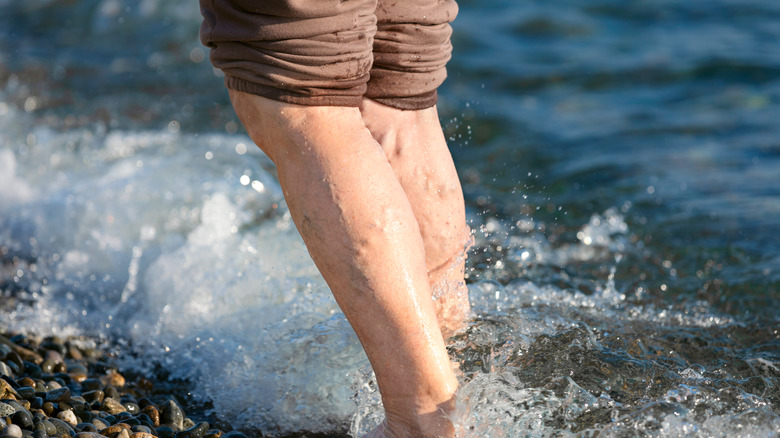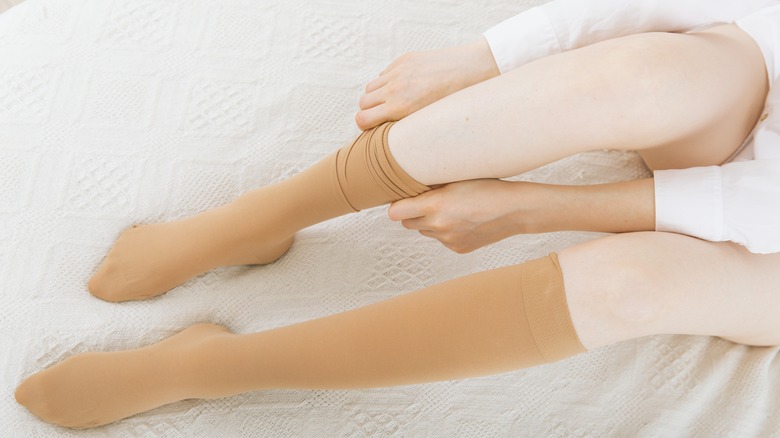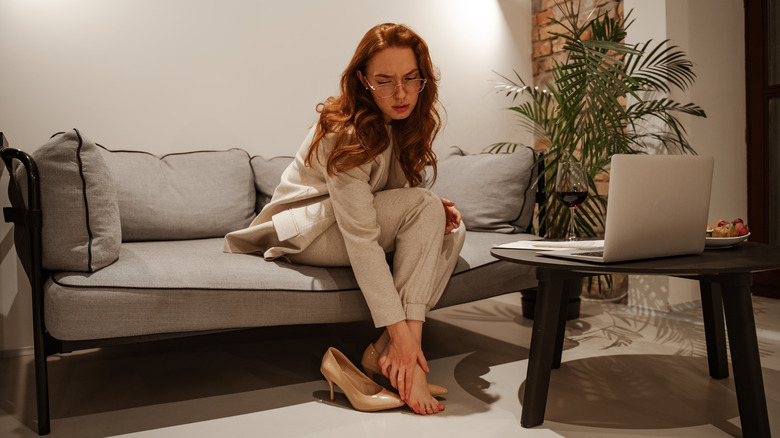Compression Therapy: The Non-Invasive Medical Treatment That Can Help Varicose Veins
As you age, there are bound to be things that pop up on your body, leaving you questioning whether or not they're cause for concern. While some spots and discoloration can simply be chalked up to getting older, other glaring marks may have you ready to call the doctor. About 25% of the U.S. population have varicose veins. Swollen and contorted, varicose veins bulge underneath the skin, causing them to appear like they're sitting right under the surface.
Regardless of how you feel about the appearance of varicose veins, they typically aren't detrimental to your health, so you don't need to worry about removing them. They are often caused by heightened blood pressure in the veins. If you sit or stand for hours on end, pressure will build up, causing them to stretch out.
Aside from aging, you can become prone to developing varicose veins from being inactive, a woman, pregnant, overweight, a smoker, or using contraceptive pills or hormone replacement. Physical symptoms of varicose veins can manifest as swelling, muscle cramping, itches, and skin color changes around the veins.
How can compression therapy help?
Since varicose veins can disturb blood flow, compression therapy can help to improve your blood circulation. Using compression stockings, bandages and wraps, and inflatable devices, pressure is increasingly applied to your legs. This stops the blood from building up in the veins within your legs and pushes it to flow up toward the heart.
If your job or activities require you to stand or sit for long periods of time, consider wearing compression socks to improve your blood circulation. Compression therapy can also help with the swelling in the legs and feet that accompany pregnancy. Specifically, wear compression socks in the morning and take them off before you go to bed. Compression stockings come with different levels, measured with a unit called mmHg. For the swelling that comes with varicose veins, socks that are between 20 and 30 mmHg are considered to have medium pressure and will provide the proper amount of compression for your needs. If you're unsure of what level of compression you need, consult with your doctor to decide what is best for you.
Preventative methods for varicose veins
If you have a history of varicose veins in your family or have pre-existing conditions that increase your chances of getting them, there are preventative steps you can take. Since sitting or standing for too long is a major cause of varicose veins, finding a proper exercise routine will benefit you tremendously. Yoga poses that focus on stretching your calves and hamstring, along with poses that ensure that your feet are higher than your heart, will help with improved blood circulation.
Women who have been on hormonal birth control for a while should speak to their doctor about switching to something else, as high amounts of estrogen can affect how your veins function. You should also avoid wearing tight clothing and high heels since they can restrict your blood flow and cause excessive pain. For removal of varicose veins using a non-invasive treatment, speak to your doctor about sclerotherapy.
By injecting a chemical solution into the varicose vein, the walls of the vein seal shut, ending blood flow and causing the vein to fade in weeks. The procedure is quick, lasting about 15 to 30 minutes, and doesn't require anesthesia. Although it's relatively safe, it can have side effects such as swelling and allergic reactions. Speak to a medical professional about the ways in which you can manage your varicose veins.


